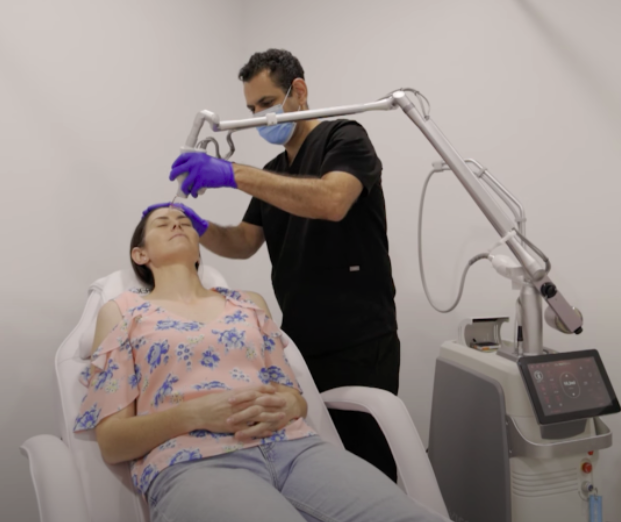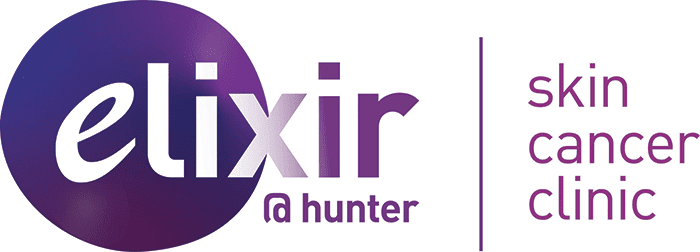What is skin rejuvenation and how does it work?

Skin ageing is a continuous time-dependent and multifactorial phenomenon of reduction in size and number of cells in the skin, and reduction in the rate of many organic functions in the skin. Many skin functions decline with age, such as cell replacement, response to an injury, barrier function of the skin, sensory perception of the skin, immune response of the skin and temperature regulation. In addition, the reduced production of sweat and reduced function of skin glands resulting in skin dryness.
The cutaneous stigmata of ageing may affect an individual’s mental wellbeing, body image and quality of life. Ageing, unfortunately, is a fact of life and the older population is increasing in number. Obviously, no one can remain young forever, but cosmetic innovations through scientific research are progressing very rapidly. Patients are able to significantly delay the visible ageing process by practising preventive skin care and taking advantage of many chemical treatments available for facial rejuvenation.
Elixir @ Hunter is a cosmetic and skin cancer clinic in Maitland, NSW. Visit our skin rejuvenation page to learn more.
The various methods for skin rejuvenation are:
Cosmetics
Cosmetics are topical agents used to improve personal grooming, appearance and self-image.
The best cosmetic a person can wear for preservation of his or her youthful appearance is sunscreen. It can cause an apparent reversal of some signs of photoaging and keep the skin youthful looking.
Moisturisers reduce the loss of humidity from the surface of skin by deposition of an oil film, avoiding evaporation, and helps minimise the appearance of fine wrinkles, and maintain appropriate level of skin humidity. Fine wrinkles are more visible when skin is excessively dry.
Vitamin A based creams are used to rejuvenate the skin by creating peeling of the top layer of skin, triggering regeneration of the new skin cells.
Antioxidants like Vitamin C and Vitamin E creams work by reducing the number of sunburn cells which appear after exposure to UV radiation. Topical application of these cream decreases the redness and swelling, and number of sunburn cells.
Chemical peels
Chemical peeling involves the application of an acid to the skin to produce a controlled and predictable injury to the epidermis and variable portion of the dermis. Destruction of epidermis and, in some cases, superficial dermis produces oedema (swelling), and, hence, appreciable improvement in appearance.
A new era in dermatologic treatment began with the introduction of retinoids around 4 decades ago. Retinoids are Vitamin A based agents, and may be used orally or topically for a wide variety of skin disorders. Topically and in higher concentration than the ones used for the keratolytic effect, some retinoids may be used as a peeling agent with very good results.
Fillers
As part of the ageing, the face undergoes contraction or shrinking of facial fat pads and few areas of the facial bone. A variety of filling substances are available in the market to fill up the lost fat pads and bony projections, and some of the defects susceptible to improvement are furrows and wrinkles, depressed scars, and skin roughness. Each method is highly effective when used for its correct indications and by skilled physicians.
Intense pulsed light
IPL is useful for the treatment of prominent capillaries and veins on the face, redness on face and neck, freckles, fine lines and wrinkles. Its multiple effects have made it an interesting modality for non ablative skin rejuvenation. Several studies have shown remarkable improvement of photoaged skin, and although the degree of improvement of fine lines may not be as impressive, IPL causes significant simultaneous improvement of other photoaging features, such as redness, prominent capillaries and veins and dyspigmentation or irregular pigmentation. In addition to its combined effect, it has a good safety profile, making it a suitable modality for photoaged skin of all types, and in treating large areas as chest and neck.
Fractional Laser resurfacing
The carbon dioxide laser was developed in the 1960s for skin and eye procedures. The 10,600 nm emission wavelength is strongly absorbed by water, which is the main constituent in the tissues.
The principle of ‘selective thermolysis’ is applied to the development of lasers to be used for resurfacing. This theory states that selective heating and damage of a target chromophore and tissue is achieved when an appropriate wavelength is delivered to an absorbing chromophore.
Resurfacing Co2 lasers produce excellent results for fine and deep rhytides, surgical scars, acne scars and the treatment of photodamaged skin with a minimal risk of long term side effects. Co2 laser wounds produce a more intense inflammatory response, and induce increased neocollagenesis compared to short term pulsed laser wounds for the same depth of tissue destruction. Clinically, better cosmetic outcomes are achieved for moderate to severe wrinkles, photodamage and acne scarring with the Co2 laser.
In Fractional Co2 laser, the depth and area of the resurfacing can be calculated and controlled in a much better way, leading to a better controlled inflammation and a more predictive outcome with better formation of collagen and improved appearance of skin. A better understanding of wound healing from a biochemical and molecular perspective together with fundamental knowledge of laser-tissue interactions has led to a more scientific approach to the development and analysis of all skin rejuvenation procedures.
Radiofrequency Microneedling
Radiofrequency microneedling works by selectively delivering radiofrequency energy with microneedline to create a deep remodelling of the skin. The treatment triggers formation of collagen in deeper layers of skin to improve skin tightening. It is a relatively non-invasive treatment to deliver heat to the target tissues while the outer layer of the skin remains relatively intact. By formation of new collage, this treatment improves textural irregularities such as fine lines, atrophic scar, skin wrinkling and sagging.

Surgical procedures
There are many surgical procedures available for skin rejuvenation. Dermabrasion and Dermaplaning are procedures used to remove the top layer of the skin and this improves the skin’s contour as new collagen and epidermis replace the abraded skin. The new skin generally has a smoother appearance. It is indicated for fine wrinkles, scar correction and perioral wrinkles.
Summary
The cosmetic ageing changes of the skin are not a direct threat to the physical well-being of the patient, but their psychological impact, particularly in regard to self-perception, self-esteem, and quality of life, can be significant. Successful ageing is characterised by good mental health and adaptive psychosocial functioning, resulting in life satisfaction. Skin rejuvenation is a medical way to reverse the visible signs of ageing in the skin, and to delay the appearance of these signs of ageing.
Choosing the ideal skin rejuvenation procedure depends on several factors, like relative efficacy for a given medical indication, length of recovery period, expertise of the clinician, possible adverse effects, risks and complications, and the relative cost of these procedures.
Elixir @ Hunter skin cancer clinic provides comprehensive skin cancer checkup, skin cancer treatment and various forms of skin rejuvenation procedures. To discuss what skin rejuvenation procedures are good for your skin and to discuss more about your skin, please call our friendly staff on 02 40674119 to book a cosmetic consultation.
